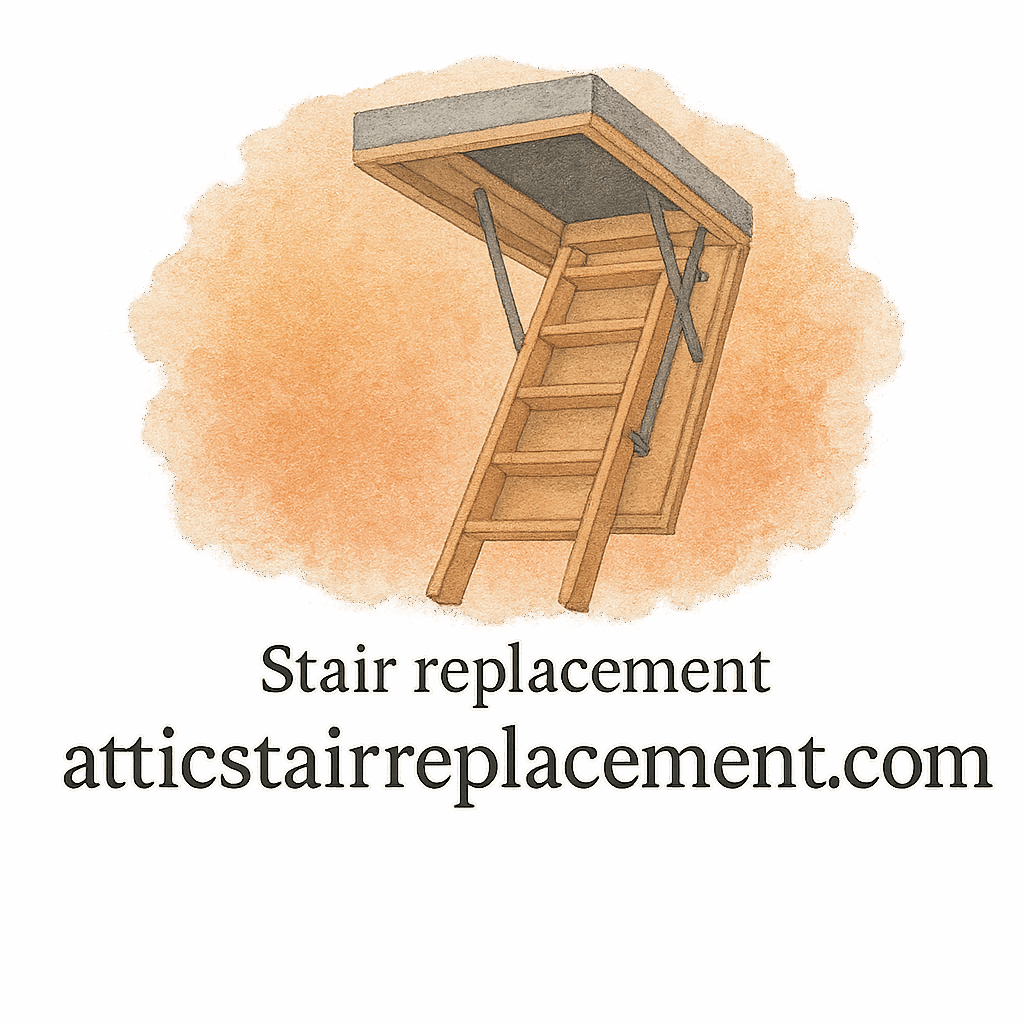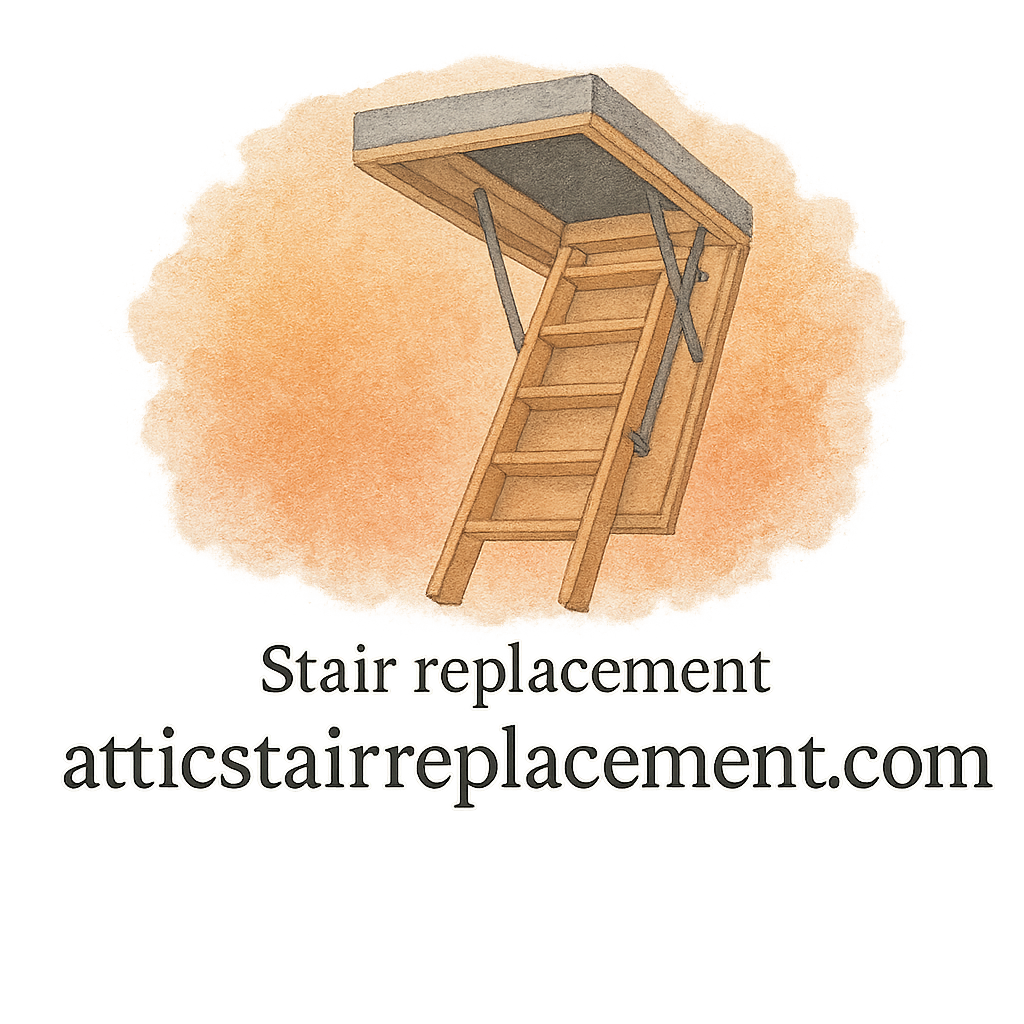Have you ever gone to grab your holiday decorations from the attic and felt like you were on an amusement park ride? If your attic stairs groan, wobble, or seem ready to collapse under you, it’s probably time for a serious talk. In this post, we’re diving deep into the 10 signs you need an attic stair replacement—with expert advice, practical tips, and helpful links to get you moving in the right direction.
Why Attic Stairs Matter More Than You Think
Attic stairs are often the most ignored part of a home—until they fail. But think about it: they carry your weight (and often, heavy boxes) to an elevated space in your house. Poorly functioning attic stairs are not just annoying, they’re a safety hazard. Whether you’re a DIY weekend warrior or a cautious homeowner, recognizing the signs of failure can save you money, time, and potentially a trip to the ER.
The Importance of Safe and Functional Attic Access
Attic stairs aren’t just an access point—they’re a part of your home’s infrastructure. Damaged or aging attic stairs can affect insulation, increase your energy bills, and put your safety at risk. Whether you’re considering a DIY installation or need expert advice, knowing when it’s time to upgrade is step one.
10 Telltale Signs You Need an Attic Stair Replacement
1. Your Attic Stairs Creak Loudly or Wobble
If your stairs sound like they’re auditioning for a horror movie every time you step on them, that’s a red flag. Creaks, groans, and noticeable movement can indicate loose bolts, aging wood, or structural instability. Wobbly stairs are a top indicator that a replacement is overdue.
Pro tip: A stable stair should feel as solid as your living room floor.
2. The Wood Looks Rotting or Cracked
Wood damage can sneak up on you, especially in humid areas. Check for soft spots, splintering, or visible rot. Rotten wood compromises the entire structure, making your stairs not only unsafe but unreliable.
Check out our maintenance tips to help spot signs of wear before they become a crisis.
3. Hinges or Springs Are Rusty or Broken
The mechanism that folds your attic stairs away should operate smoothly. Rust, sticking, or outright failure of the springs or hinges can make opening and closing dangerous. If it’s a struggle to operate, it’s time to consider a replacement.

4. Steps Feel Weak Under Your Feet
Ever feel like you’re going to fall through the step? That’s a sign. Weak treads are usually caused by overuse, age, or poor materials. A strong set of attic stairs should feel rock solid under pressure.
For heavy-duty usage, invest in reinforced models that match your attic’s load needs.
5. You’ve Outgrown the Load Capacity
Not all attic stairs are created equal. If you’re now hauling up bins, luggage, or even tools and building supplies, your old stairs may not cut it. Overloading stairs can lead to sagging, cracks, or catastrophic failure.
Need a guide? Here’s our expert-recommended product reviews to help you pick a model that suits your lifestyle.
6. You Notice Gaps or Air Leaks Around the Stairs
Feel a draft when you’re near the attic opening? That’s not good. Old attic stairs can create energy inefficiencies due to poor insulation and sealing.
Check out these home improvement tips to keep energy bills in check and your attic access airtight.
7. Your Stairs Don’t Fold or Close Properly
If your attic stairs no longer fold neatly or get stuck halfway, the mechanics are likely compromised. That puts extra strain on the frame—and on you.
See how DIY repair compares to a full replacement and which route makes more sense for your scenario.
8. You’ve Had a Recent Home Renovation
Home renovation usually means added weight (think drywall, ceiling changes, insulation). Your existing attic stairs may not be designed for the upgraded load or aesthetics.
Planning a remodel? Time to reassess your attic access options.
9. You Spot Mold or Moisture Damage
Moisture is an attic’s worst enemy. If the stairs show signs of mold or water staining, replacement is a must—not only for safety but also for your home’s air quality.
Discover preventative steps to avoid future damage.
10. You Just Feel Unsafe Using Them
Sometimes, it’s not a specific crack or creak—it’s just a gut feeling. If every trip to the attic feels like a gamble, trust your instincts. Peace of mind is worth the investment.
DIY or Hire a Contractor? What’s Right for You
When DIY Attic Stair Replacement Makes Sense
If you’re handy, replacing attic stairs can be a weekend project. With the right tools and a solid plan, many homeowners choose the DIY route to save on costs.
You’ll find tons of DIY guides on proper measurement, safe removal, and proper install steps.
When to Call in a Professional
If you’re dealing with structural changes, or if the stairs are in tight or awkward spots, hiring a contractor is worth every penny. They’ll ensure the job is up to code and safe for years to come.
Choosing Durable Attic Stairs That Last
Look for durable materials like aluminum or heavy-duty wood. Quality builds can handle higher loads, resist warping, and come with warranties. Features like anti-slip treads and insulated hatches are also worth the splurge.
Budgeting for Your Attic Stair Replacement
Attic stair replacements don’t have to break the bank. Prices range based on material, size, and features. But remember to include hidden costs like trim, paint, or labor.
Read more about budget planning and hidden costs in attic stair installs.
Common Mistakes to Avoid During Installation
Some common blunders? Measuring the wrong rough opening, underestimating weight capacity, and skipping safety gear. Avoid shortcuts—especially when working from heights.
Review our list of mistakes most DIYers regret.
How to Care for Your New Attic Stairs
Once installed, keep them clean, lubricated, and dry. Regular checks for loose screws or cracks go a long way in maintaining longevity.
Learn more maintenance tips to keep your stairs strong and squeak-free.
Final Thoughts on Attic Stair Safety
Your attic stairs might seem like a small feature in your home, but they do a big job. Don’t wait for a fall or break to realize it’s time for a change. With the right information and a proactive mindset, you can make a home project decision that adds safety, comfort, and value to your space.
FAQs
1. How long do attic stairs typically last?
With proper maintenance, they can last 15–20 years. But heavy use or poor-quality materials can shorten their lifespan.
2. What type of attic stairs are best for durability?
Aluminum and heavy-duty wood models are known for long-term durability and safety.
3. Can I install attic stairs by myself?
Yes, if you’re comfortable with basic carpentry. Follow a DIY guide or consider hiring help for tricky installations.
4. How do I know if my attic stairs meet code?
Building codes vary. It’s best to check local regulations or consult with an expert.
5. What safety features should I look for in new attic stairs?
Anti-slip steps, secure handrails, and weight-rated construction are must-haves.
6. Is insulation important in attic stair replacements?
Absolutely. Energy-efficient stairs reduce drafts and save on heating/cooling costs.
7. What’s the most common attic stair mistake homeowners make?
Skipping precise measurements. Always double-check your rough opening before buying or installing.


